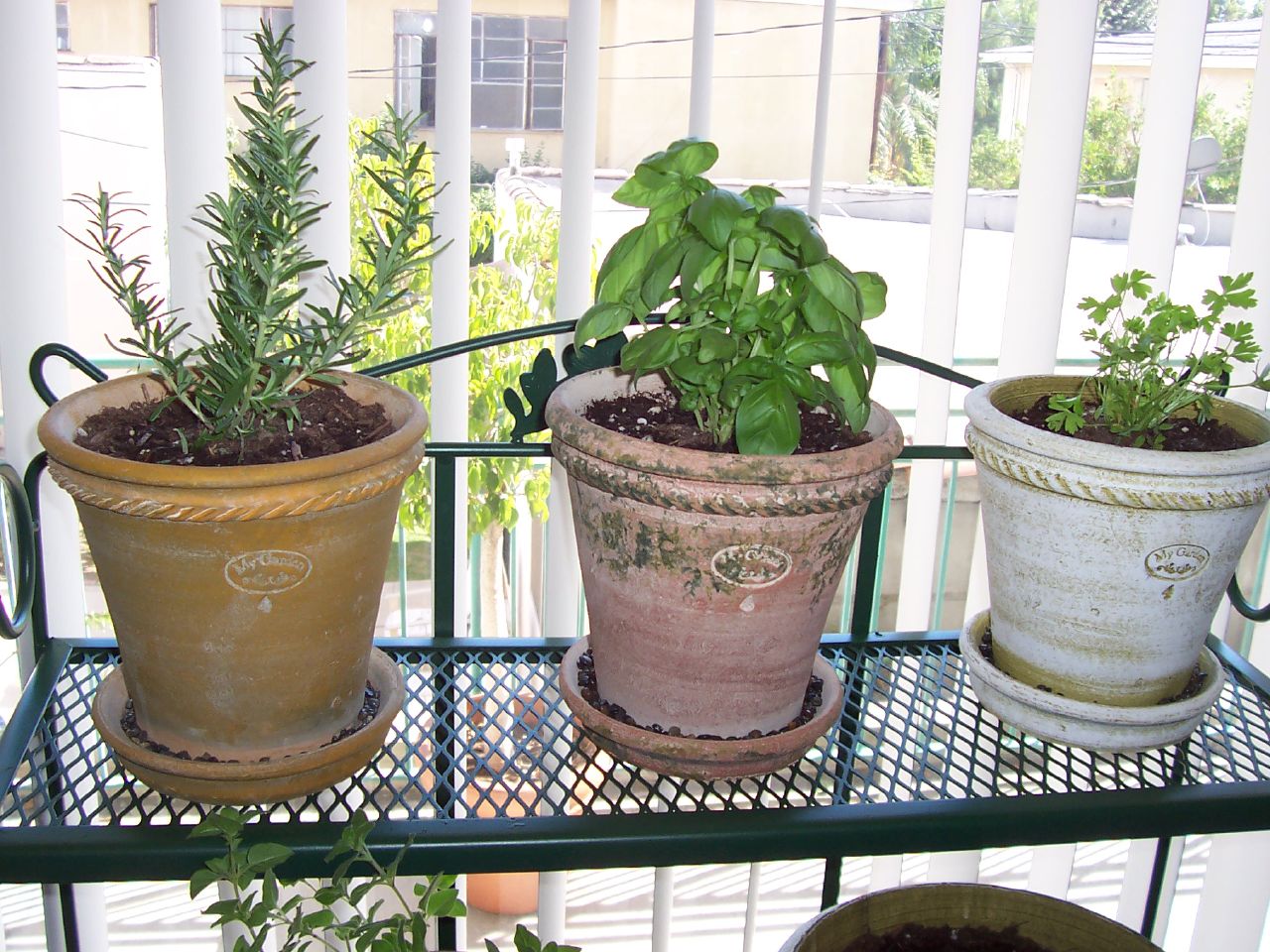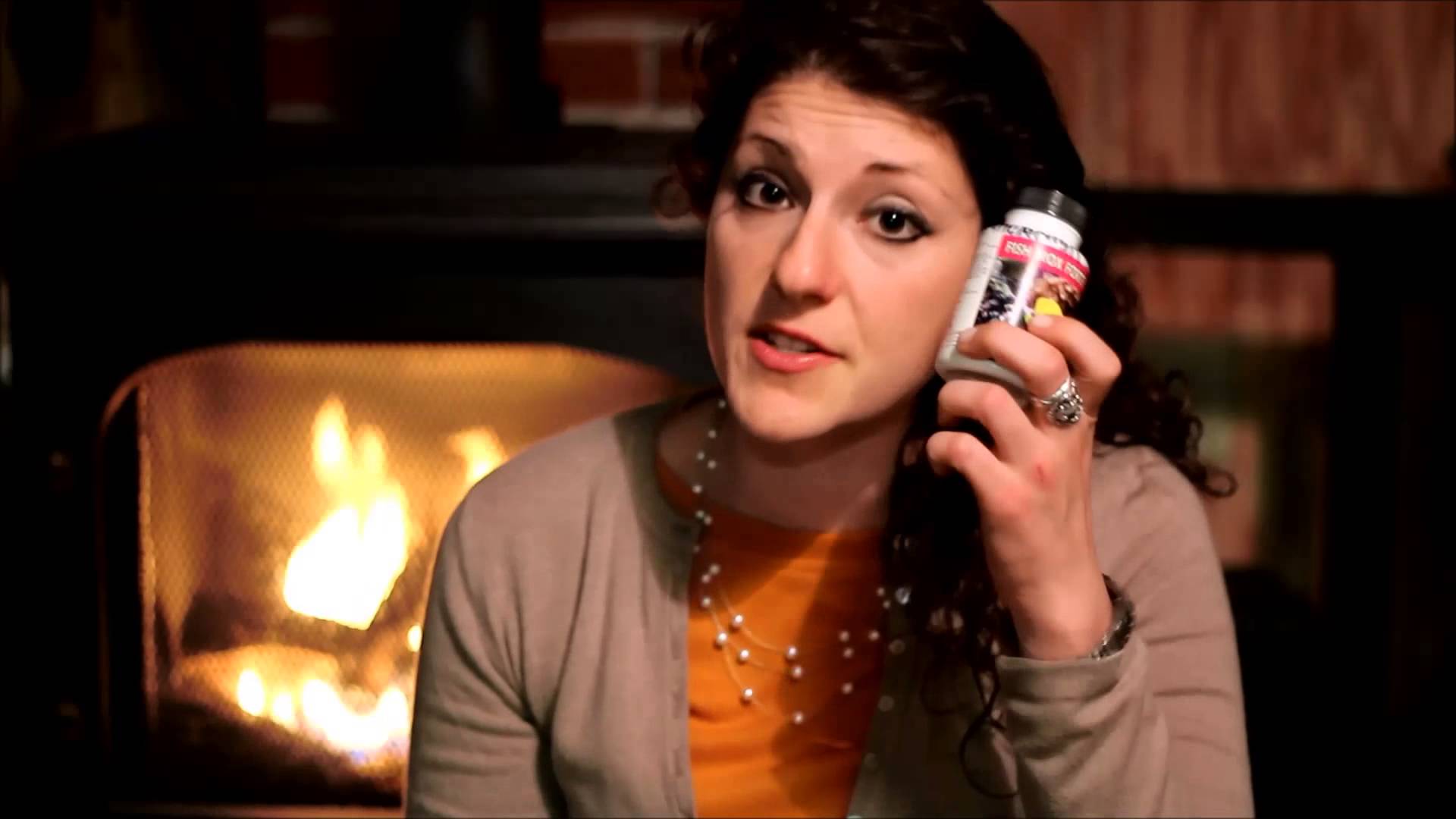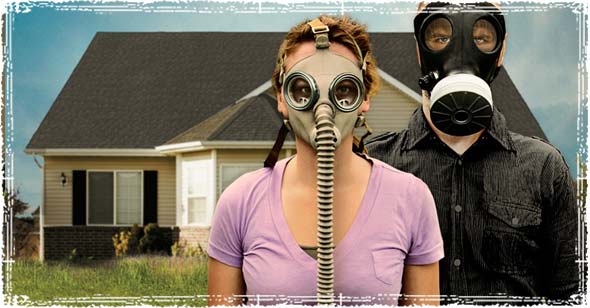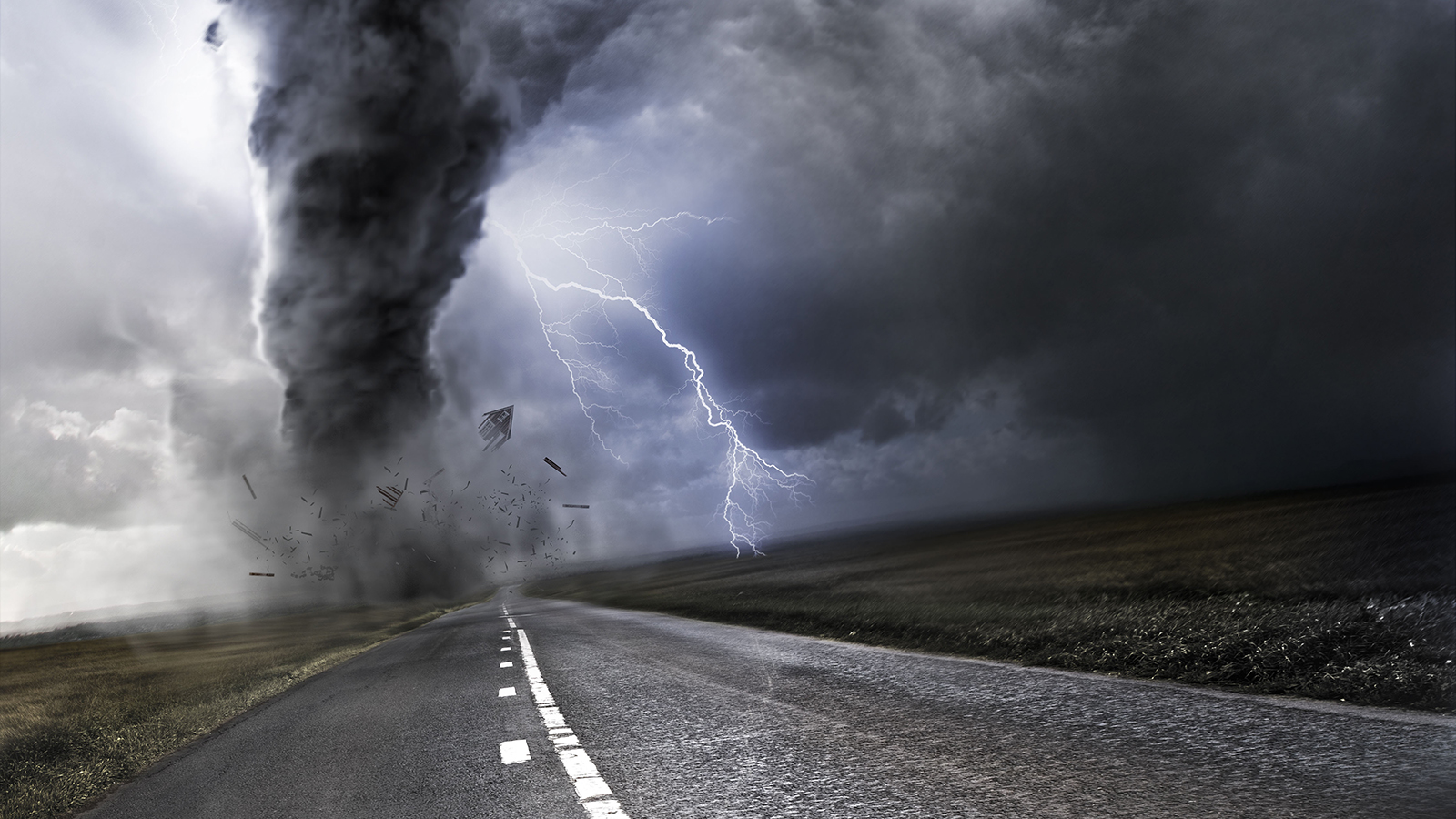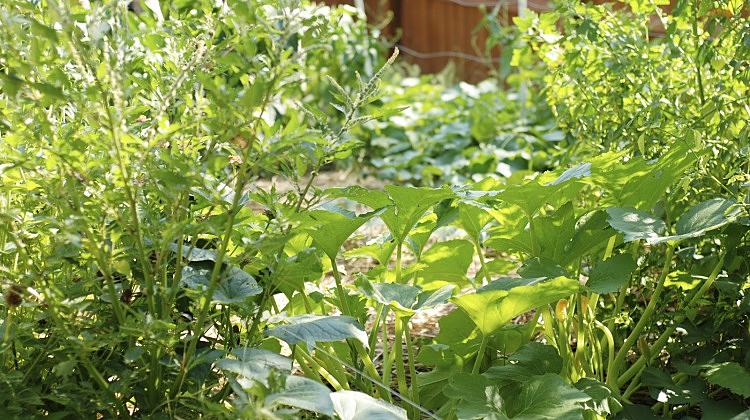How to Secure Food When Your Garden Fails
Gardening is the first place to start if you’d like to be more food-independent on your homestead, and for good reason! There’s nothing quite as satisfying, healthy, and cost-effective as growing your own food. But, sometimes crops fail, or your garden doesn’t produce as much as you want. It’s always important to have a plan … Read more


